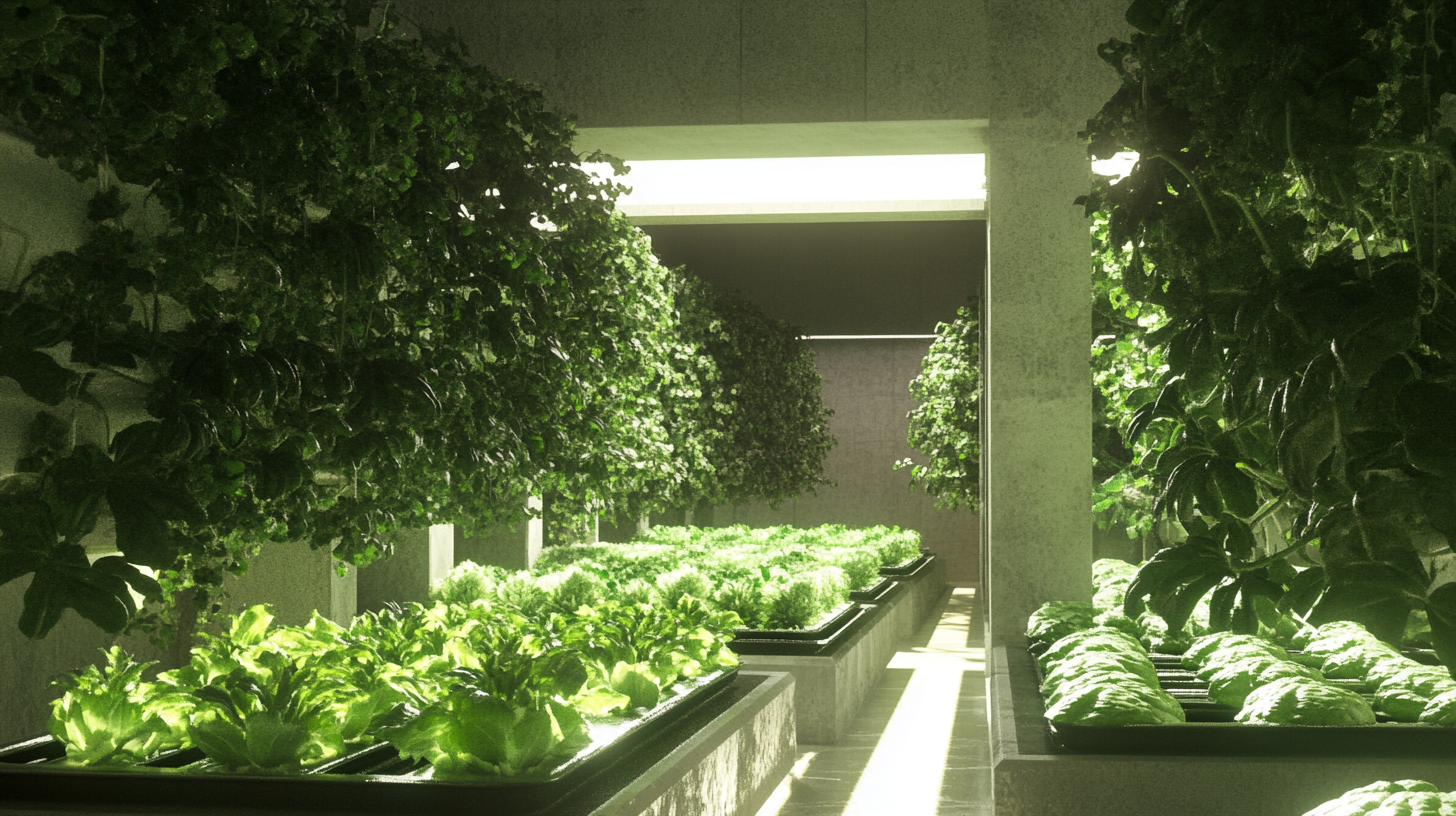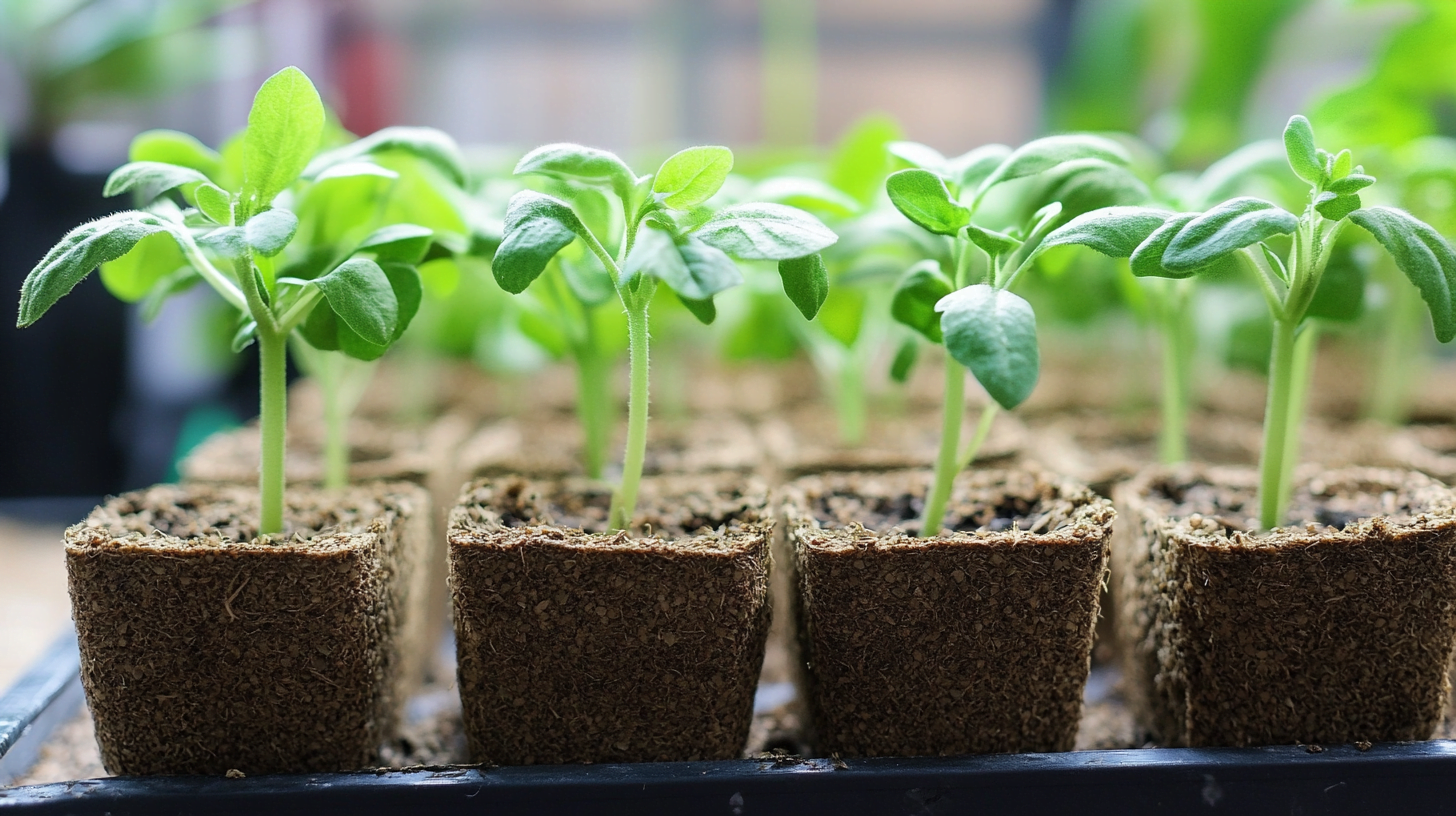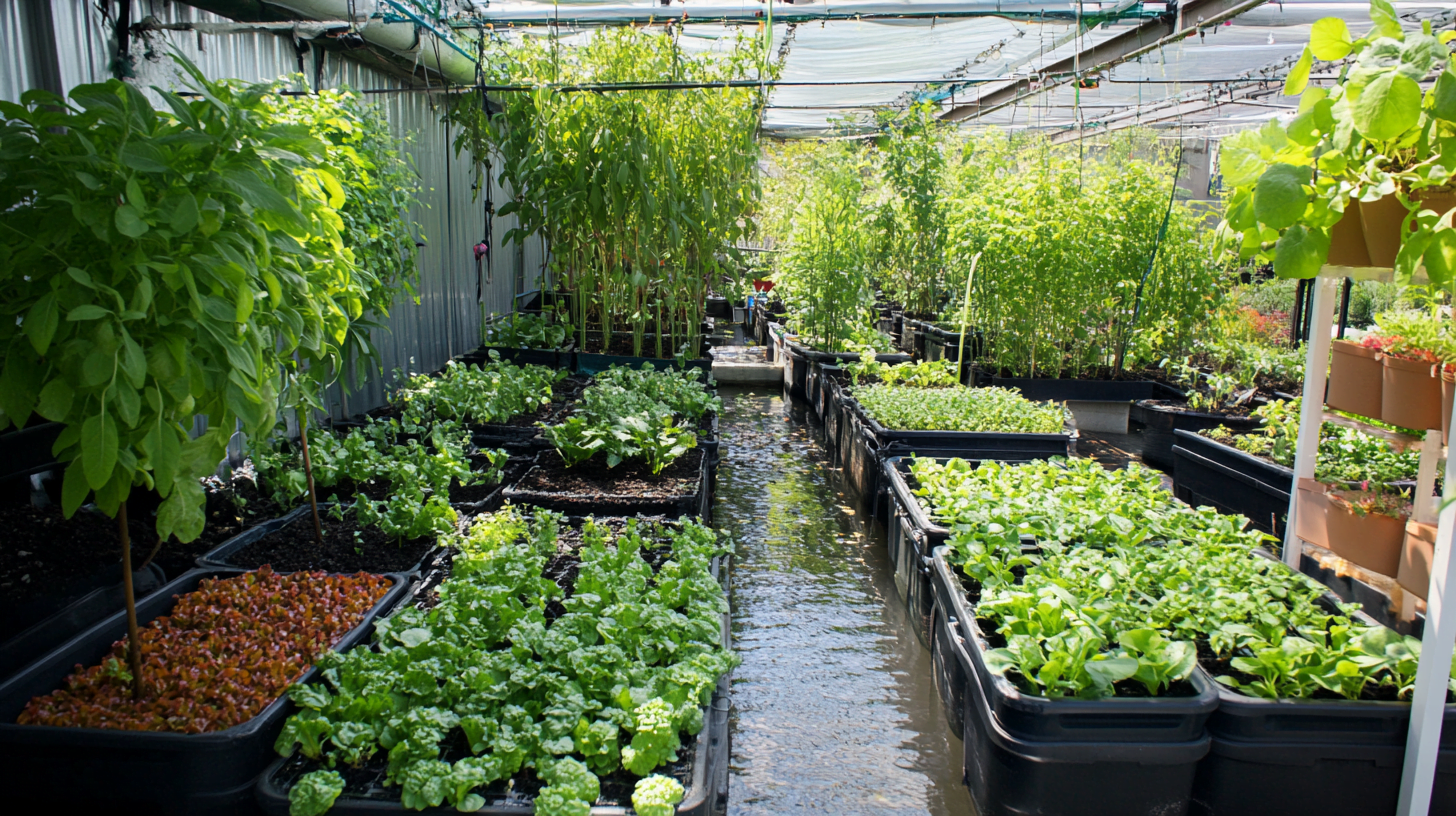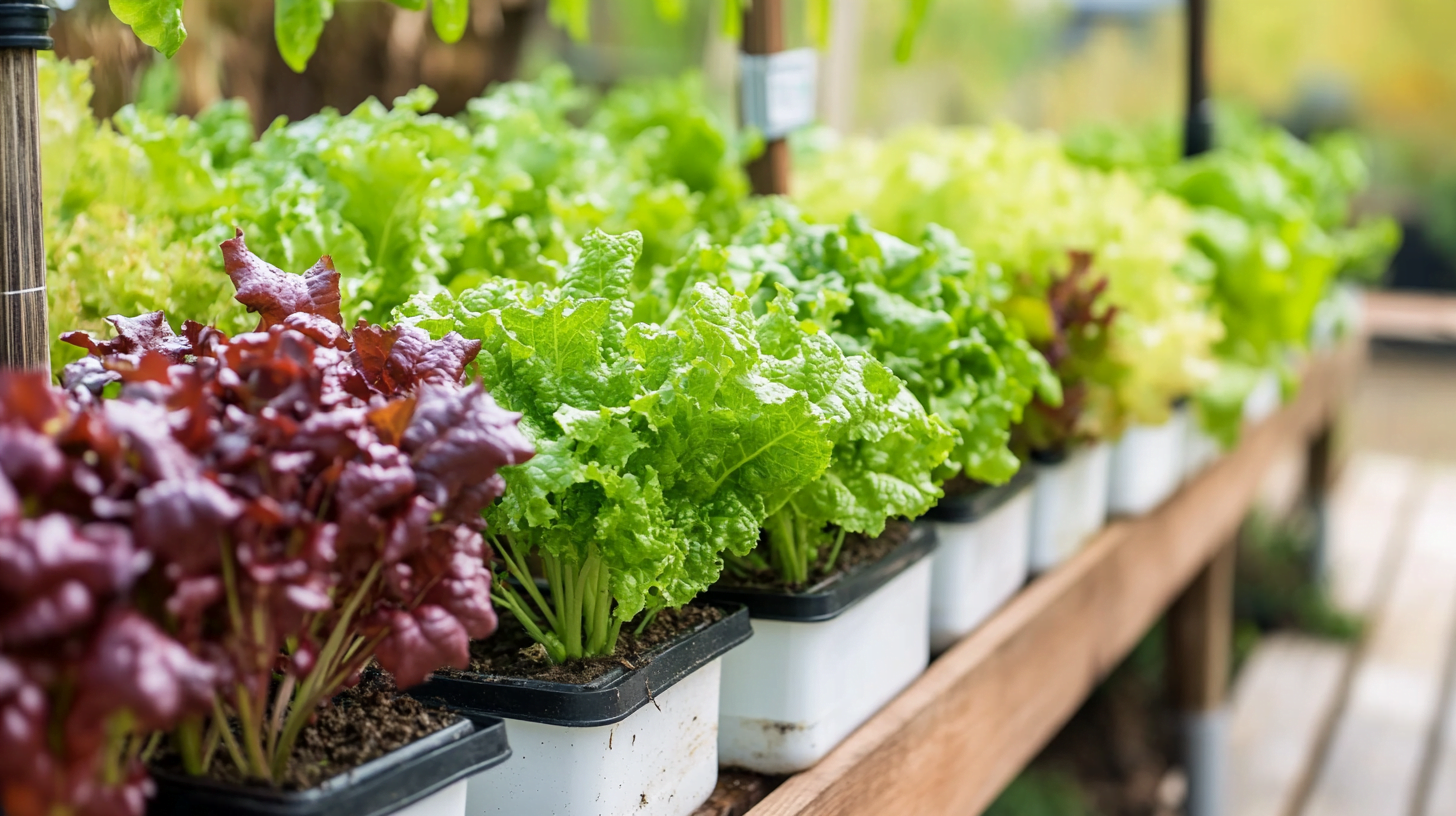Table of Contents
In a world grappling with food security challenges, hydroponics emerges as a promising solution. This innovative method of growing plants without soil has captured the imagination of farmers, scientists, and policymakers alike. But can hydroponics really feed the world? Let’s dive deep into the world of soilless agriculture and explore its potential to revolutionize food production.
What is Hydroponics? A Crash Course in Soilless Growing
Hydroponics is a method of growing plants using nutrient-rich water solutions instead of soil. The word “hydroponics” comes from the Greek words “hydro” (water) and “ponos” (labor), literally meaning “water-working”. In this system, plants are suspended in a controlled environment where their roots are directly exposed to water and nutrients.
The Basics of Hydroponic Systems
There are several types of hydroponic systems, each with its own unique approach to delivering nutrients to plants:
- Nutrient Film Technique (NFT): A shallow stream of nutrient-rich water continuously flows over the plant roots.
- Deep Water Culture (DWC): Plants are suspended in a nutrient solution with their roots fully submerged.
- Wick System: A passive system where nutrients are drawn up to the roots via a wick.
- Ebb and Flow: Also known as flood and drain, this system periodically floods the growing area with nutrient solution.
- Drip System: Nutrient solution is slowly dripped onto the growing medium around the plant roots.
- Aeroponics: Roots are suspended in air and misted with nutrient solution.
Each system has its advantages and is suited to different types of plants and growing environments.
Hydroponics vs. Traditional Agriculture: A Quick Comparison
| Aspect | Hydroponics | Traditional Agriculture |
|---|---|---|
| Water Usage | Up to 90% less water | Higher water consumption |
| Space Efficiency | Can be vertical, maximizing space | Requires large land areas |
| Soil Dependency | No soil needed | Relies on fertile soil |
| Pest Control | Reduced pest issues | More susceptible to pests |
| Growth Rate | Faster growth due to optimized conditions | Normal growth rate |
| Seasonality | Year-round production possible | Seasonal limitations |
The Global Food Crisis: Why We’re Looking to Hydroponics
As our planet faces unprecedented challenges, the need for innovative food production methods becomes increasingly urgent. Climate change, population growth, and dwindling resources are putting immense pressure on traditional agriculture.
Population Growth and Food Demand
The world’s population is projected to reach 9.7 billion by 2050, according to the United Nations. This explosive growth means we’ll need to produce 70% more food than we do today. Traditional farming methods are struggling to keep up with this demand, especially as arable land becomes scarcer.
Climate Change and Its Impact on Agriculture
Climate change is wreaking havoc on traditional farming practices. Extreme weather events, changing precipitation patterns, and rising temperatures are making it increasingly difficult to predict and maintain crop yields. Hydroponics offers a potential solution by creating controlled environments that are less susceptible to these external factors.
Can Hydroponics Really Feed the World? Examining the Potential
Hydroponics shows immense promise in addressing many of the challenges faced by traditional agriculture. Let’s explore some of its key advantages:
Advantages of Hydroponic Farming
- Water Efficiency: Hydroponics uses up to 90% less water than traditional soil-based farming. This is crucial in a world where water scarcity is becoming increasingly common.
- Land Use Optimization: By growing vertically and in urban environments, hydroponics can produce more food in less space. This is particularly valuable in densely populated areas where arable land is limited.
- Year-round Production: Controlled environments allow for continuous cultivation, regardless of external weather conditions.
- Reduced Pesticide Use: The controlled nature of hydroponic systems significantly reduces the need for pesticides, resulting in cleaner, healthier produce.
Limitations and Challenges
Despite its many advantages, hydroponics is not without its challenges:
- High Initial Costs: Setting up a hydroponic system can be expensive, requiring specialized equipment and expertise.
- Energy Requirements: Many hydroponic systems rely on artificial lighting and climate control, which can lead to high energy consumption.
- Technical Expertise: Successful hydroponic farming requires a deep understanding of plant biology, nutrient solutions, and system maintenance.
- Limited Crop Variety: While many plants thrive in hydroponic systems, some crops (like root vegetables) are challenging to grow without soil.
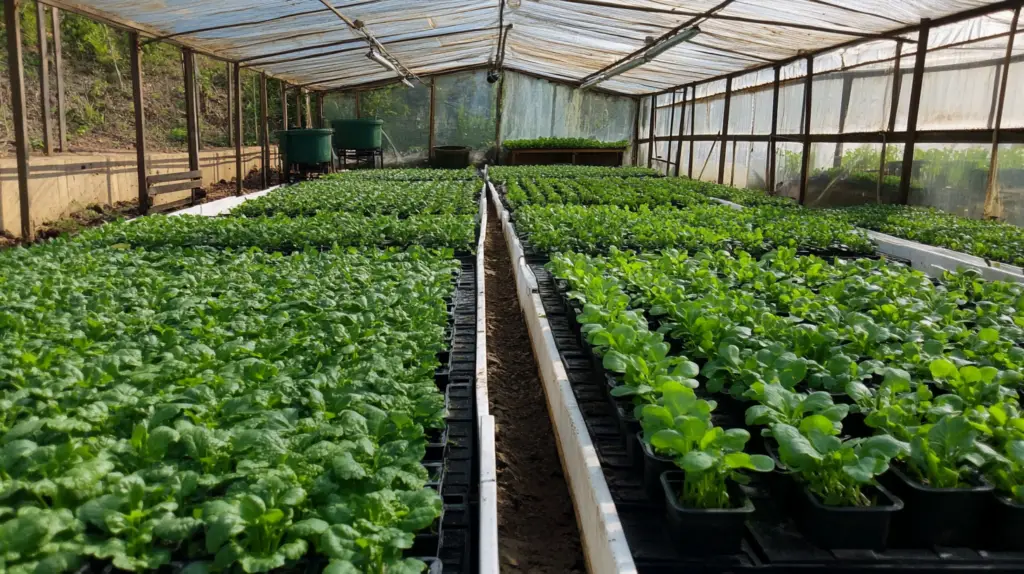
Real-World Applications: Hydroponics in Action
Across the globe, innovative hydroponic projects are demonstrating the potential of this technology to address food security challenges.
Urban Farming and Vertical Agriculture
In cities like Singapore and Dubai, vertical hydroponic farms are sprouting up in skyscrapers and warehouses. These urban farms are bringing fresh produce closer to consumers, reducing transportation costs and carbon emissions.
Case Study: Pure Harvest Smart Farms in Dubai
Pure Harvest Smart Farms, led by CEO Sky Kurtz, has been at the forefront of hydroponic innovation in the UAE. Their climate-controlled greenhouses use advanced hydroponic systems to grow tomatoes, leafy greens, and other crops in the harsh desert environment.
Hydroponics in Extreme Environments
Hydroponics is proving valuable in areas where traditional agriculture is challenging or impossible:
- Desert Agriculture: Countries like Israel and the UAE are using hydroponics to grow food in arid regions.
- Arctic Growing: In places like Alaska, hydroponic greenhouses provide fresh produce year-round, despite the harsh climate.
- Space Exploration: NASA is exploring hydroponic systems for growing food on long-term space missions and potential Mars colonization.
The Environmental Impact of Hydroponic Farming
As we consider the potential of hydroponics to feed the world, it’s crucial to examine its environmental implications.
Carbon Footprint Considerations
While hydroponics can reduce transportation emissions by enabling local food production, the energy requirements for lighting and climate control in some systems can be significant. However, advancements in LED technology and renewable energy are helping to address this issue.
Water Conservation and Pollution Reduction
One of the most significant environmental benefits of hydroponics is its water efficiency. By using up to 90% less water than traditional farming, hydroponics could play a crucial role in conserving this precious resource. Additionally, the closed-loop nature of many hydroponic systems reduces agricultural runoff, a major source of water pollution.
Economic Implications of a Hydroponic Future
The widespread adoption of hydroponics could have far-reaching economic impacts.
Job Creation and Skill Development
As the hydroponic industry grows, it’s creating new job opportunities in areas such as:
- System design and engineering
- Crop management
- Nutrient formulation
- Data analysis and automation
These roles often require a blend of agricultural knowledge and technical skills, potentially leading to higher-paying jobs in the agricultural sector.
Market Dynamics and Food Prices
Hydroponics has the potential to stabilize food prices by:
- Reducing the impact of weather-related crop failures
- Enabling year-round production of seasonal crops
- Decreasing transportation costs for urban-grown produce
However, the higher initial costs of hydroponic systems could lead to higher prices for some products, at least in the short term.
Technological Advancements Driving Hydroponic Innovation
The future of hydroponics is being shaped by cutting-edge technologies:
AI and Automation in Hydroponics
Artificial intelligence and machine learning are revolutionizing hydroponic farming:
- Smart Sensors: Advanced sensors monitor plant health, nutrient levels, and environmental conditions in real-time.
- Predictive Analytics: AI algorithms analyze data to optimize growing conditions and predict potential issues before they arise.
- Robotic Harvesting: Automated systems can harvest crops with precision, reducing labor costs and increasing efficiency.
Genetic Engineering and Crop Optimization
Scientists are developing plant varieties specifically adapted for hydroponic systems:
- Enhanced Nutrient Absorption: Plants engineered to more efficiently absorb nutrients from hydroponic solutions.
- Compact Growth Habits: Varieties bred for vertical farming systems, maximizing space efficiency.
- Disease Resistance: Genetically engineered crops with improved resistance to common hydroponic pathogens.
The Role of Hydroponics in Food Security
As we face global challenges like climate change and population growth, hydroponics offers several advantages for enhancing food security:
Disaster Resilience and Emergency Food Production
Hydroponic systems can be quickly deployed in disaster-stricken areas to provide fresh produce. Their independence from soil and weather conditions makes them ideal for emergency food production.
Addressing Nutritional Deficiencies
Hydroponics allows for precise control over plant nutrition, enabling the cultivation of crops with enhanced nutritional profiles. This could be particularly valuable in addressing micronutrient deficiencies in vulnerable populations.
Integrating Hydroponics with Traditional Agriculture
Rather than replacing traditional farming, hydroponics is likely to complement existing agricultural practices:
Hybrid Farming Models
Innovative farmers are combining hydroponic systems with soil-based agriculture to maximize efficiency and resilience. For example:
- Using hydroponics for off-season production of high-value crops
- Integrating vertical hydroponic systems into traditional greenhouses
- Employing hydroponics for seedling production before transplanting to fields
Knowledge Transfer and Best Practices
Lessons learned from hydroponic farming, such as precise nutrient management and water conservation techniques, can be applied to improve traditional agricultural practices.
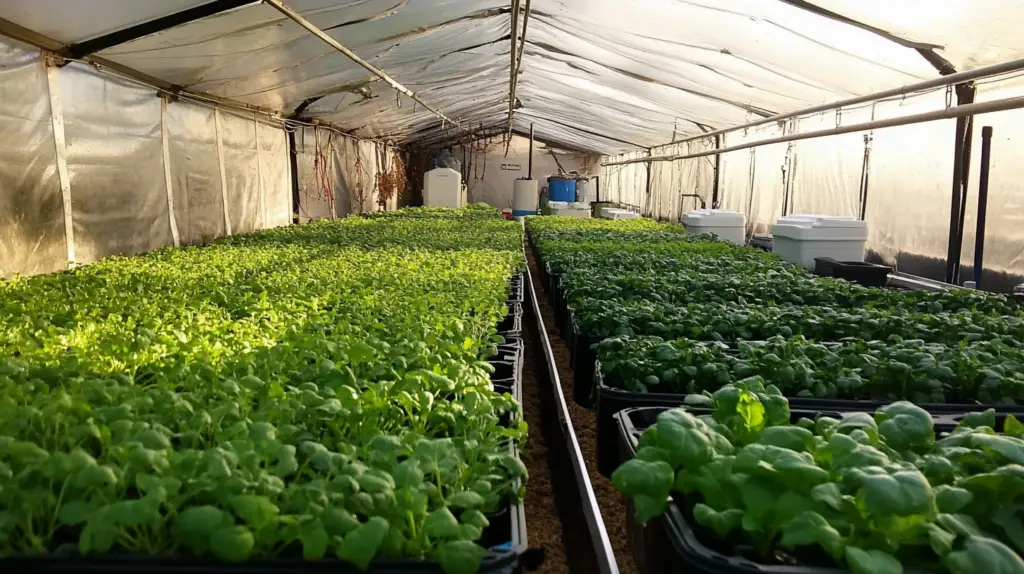
Conclusion: The Future of Hydroponics in Feeding the World
While hydroponics alone may not be able to feed the entire world, it undoubtedly has a crucial role to play in our future food systems. Its ability to produce high yields in small spaces, conserve water, and operate year-round makes it a powerful tool in addressing food security challenges.
As technology advances and costs decrease, we’re likely to see hydroponics become an increasingly important part of the global agricultural landscape. From urban rooftop gardens to large-scale vertical farms, hydroponics is helping to reshape our relationship with food production.
However, it’s important to remember that hydroponics is not a silver bullet. A truly sustainable and resilient food system will require a diverse approach, combining the best of traditional agriculture, hydroponics, and other innovative farming methods.
As we move forward, continued research, investment, and policy support will be crucial in realizing the full potential of hydroponics to contribute to global food security. By embracing this technology alongside other sustainable farming practices, we can work towards a future where fresh, nutritious food is accessible to all, regardless of geography or climate.
